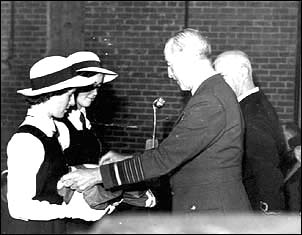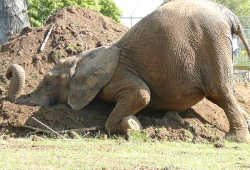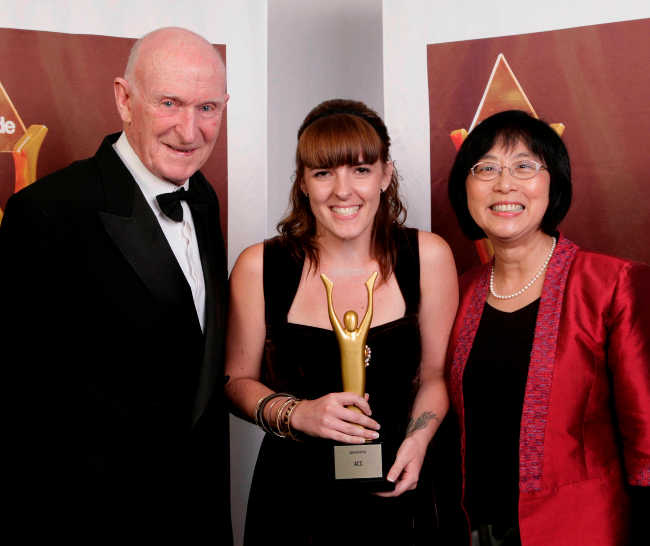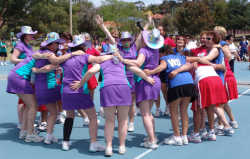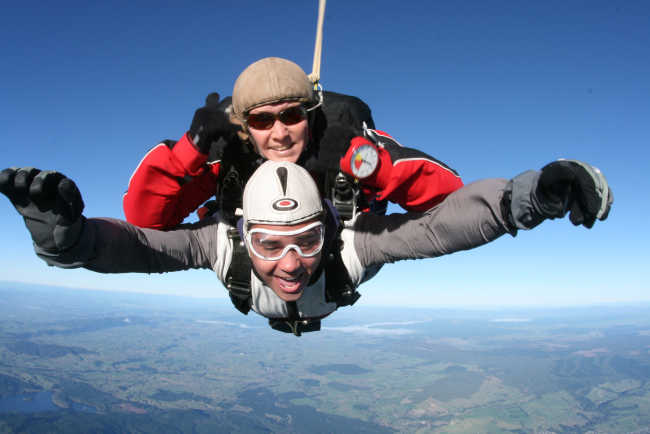Part 13 – At Home In New Zealand During World War 2 Dorothy – 02/3/01
School pupils’ memories, the Home Guard, the mystery object in the sea, the Navy League, defence measures in Lyttelton Harbour ….
The war years brought loss of loved ones, social change, times of austerity, an awareness of New Zealand’s vulnerability, and defence measures.
There was a shortage of manpower with so many men serving in the forces overseas, and many married women went to work for the first time, with some working in foundries or machine shops making munitions. Some were drafted to work on the farms as ‘landgirls’. Other women worked voluntarily for patriotic causes, raising funds for the war effort and for parcels to send to the troops overseas. The able-bodied men who remained in New Zealand served in the Home Guard on a part-time basis.
Some industries were declared to be essential and men there were not allowed to join the armed forces.
A schoolboy’s war effort Secondary school pupils also volunteered for roles in the planned defence. Warwick recalls his role.
“Auckland city is built on land bordered between two oceans, the Pacific Ocean, with the Waitemata Harbour on the East Coast, and the Tasman Sea, with the Manukau Harbour on the West Coast. Geologically, the whole isthmus was a very active area and is studded with volcanic cones such as Mt Albert, where I lived, Mt Roskill, the Three Kings, Mt. Eden, One Tree Hill and in the Auckland Harbour, Rangitoto Island. Some of these cones are now barely recognisable, having been excavated for the volcanic cinder, scoria, used to build the roads of Auckland.
“Because of the city’s location it was very exposed to any attack from the sea, so when the War extended to the Pacific area and the threat of war from Japan became closer to both Australia and New Zealand, defence precautions were activated. The actual defences, both in New Zealand and in Australia were minimal and the situation was serious when Darwin was attacked and frequently bombed by carrier aircraft. The full extent of these attacks was never revealed to the public at the time. The Battle of the Coral Sea was our eventual salvation.
“Sightings of submarines had been reported in the Auckland area and although no attacks by aircraft or submarines had been experienced, air raid regulations were enforced. At night, all buildings in Auckland were ‘blacked out’. Not a chink of light was allowed to be seen and regular street patrols were maintained. An Air Raid Precaution Unit, the ARP, had been formed with men who had not been recruited for active military service because of age or other conditions. One of their duties was to patrol the streets at night, to make sure that the black-out was total. School children were also recruited for duty. Divisional units of the ARP were responsible to a central unit and were structured militarily. Individuals had their rank and although uniforms were not issued, individuals wore arm-bands with the letters ARP Warden stencilled on them. They were also issued with tin hats and a gas mask but no firearms, because none were available. Even the army was short of rifles!!
“Being a schoolboy I volunteered to be an ARP Messager. It was my job to carry messages from one ARP Station to another and my means of transportation was my own bicycle. I was equipped with both an arm band, marked ‘ARP Messager’ and also a gas mask, but it was up to me to find my own rubber block. This was required to be put into my mouth during bombing attacks, to cushion the shock of a bomb explosion and so prevent damage to my teeth. On occasions, mock air raid practices were carried out. All traffic was stopped and with the roads being empty, except for me, it was fun to break all the traffic rules and whiz down the hills, carrying the vital messages which kept the war machine running. At the same time however, I was glad that it was only a practice. I could only visualise me, on my bike, during an actual bombing raid, with planes overhead, pedalling as fast as I could go, steering my machine down the roads, between the smoking bomb craters, feeling the force of the explosions but bravely riding on, carrying those vital messages but still secure in the knowledge that my teeth, at least, were protected by my little rubber block!!
“Fortunately, America saved us from the real thing. We had so little to save us from invasion by the enemy and now, sadly, years later, I cannot even feel any confidence at all in the protection offered by my little rubber block.”
A younger schoolboy’s memory from the war years “My oldest brother joined the Home Guard. He was not called up into the armed forces because my father was unwell and my brother as a farmer in charge of the farm was in a key occupation. He and the commander of the Home Guard would correspond with each other by Aldis lamp (a type of battery lamp). My brother would sit up on the top of the hill and signal to Mr Arthur Hayman, the commander.
“Then my brother, who was very interested in electricity and telephones, rigged up a telephone line between our house and Mr Hayman’s house and the store, using the top wire of the fence line. Our place had a panoramic view of the ocean. It was a recognised plan that if we were invaded my brother would be well placed to view and report anything suspicious or any coming invasion. He was to ring one long ring on the telephone which went to the store and the storekeeper/postmaster would answer it and connect us to the commander of the Home Guard. The system did not last very long.
A mystery object in the sea “On another occasion my brother and I spotted a distant black object in the sea straight out from Little Akaroa. We thought that it might have been a large tree. The authorities in Lyttelton were alerted and they sent out a boat to see what it was. They didn’t find anything, but when I think back on it at round that time – 1941-42 – passengers on the inter-island ferry reported seeing a white wake in the sea and a torpedo was seen to pass under the stern of the ferry. To prevent panic it was kept fairly quiet at that time, but if it was the case then the black object that we spotted out in the sea could have been a submarine. It was also stated later that mines had been laid around the coast of New Zealand. This also lends weight to the thought that this object was a submarine.”
The Navy League Jean remembers working for this organisation which aimed to support the men of the navy with hospitality and fundraising. Ships from the Merchant Navy called to take New Zealand’s frozen meat to Great Britain.
“I remember being invited to people’s large homes to dances where local girls were invited to partner English officers from the Merchant Navy. I found most of the contacts enjoyable, except when one man said to me, ‘You don’t dance badly – for a colonial!’
“The League ran jumble sales on Saturday morning and charged three pence admission fee. Sometimes the better off citizens donated clothes from their wardrobes, but with shortages of almost all goods and rationing of clothes there were long queues of people who were keen to buy. We raised quite a lot of money by these sales.
“Women knitted socks, jerseys and balaclavas for the Navy League or other patriotic groups. They took their knitting everywhere and knitted at every opportunity.”
Branches of the Navy League were opened in schools and schoolgirls knitted and raised funds. At Christchurch Girls’ High School the branch was so strong and hardworking that the Governor General, Sir Cyril Newall, presented a flag to the school in recognition of the work of the branch.
|
|
| Sir Cyril Newall presents a flag to the CGHS Navy League |
Patriotic groups Other patriotic groups ran clubs like the Welcome Club and the Union Jack Club which offered hospitality to men in camp at Burnham, often awaiting their overseas posting. Jean recalls helping as a waitress when dinner was served to these men, many of them young, away from home for the first time, and uncomfortable in their rough woollen uniforms.
The Anzac Club in Dunedin ran socials for the men in training at the Air Force base at Taieri and the army unit at Taiaroa Heads.
School groups Groups in other schools made camouflage nets, raised funds through the Red Cross and knitted for the men in the Forces.
Margaret S remembers that classes from Cashmere School in Christchurch went to Purau Beach on the Lyttelton Harbour and collected in match boxes ergot, a hard substance in the seed heads of rye grass. This was valuable for the war effort as it was used in the manufacture of pharmaceuticals. Peter remembers it being collected on Nelson beaches from the seed heads of marram grass.
Military training and defence measures Margaret also remembers the Home Guard practising on the village green.
Maurie recalls watching army manoeuvres on Banks Peninsula. His home at Diamond Harbour overlooked Ripapa Island. Guns had been installed on the island and at Godley Heads at the entrance to the Lyttelton Harbour. He remembers that the Home Guard dug trenches on Ripapa Island, but unfortunately they filled with water and sheep on the island were drowned in them.
He recalls a convoy from Burnham coming around the corner near his home and being dive bombed by Air Force planes with flour bombs.
He had to travel by launch to Lyttelton to go to school each day and remembers that the nets placed as a defence measure across the Lyttelton Harbour had to be lifted to let the launch approach the wharf.
More next week about what life was like at home in New Zealand during World War 2
Related Articles
- Part 14 – More about life in New Zealand during World War 2 – stringent defence measures
- Part 15 – Restrictions on travel, rationing, different roles for women.
- Part 16 – Serving overseas in World War 2
- Part 17 – More About Life In New Zealand During World War 2 – the work of the Navy League and the growing of linen flax.

